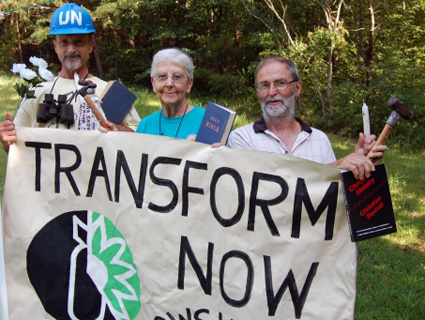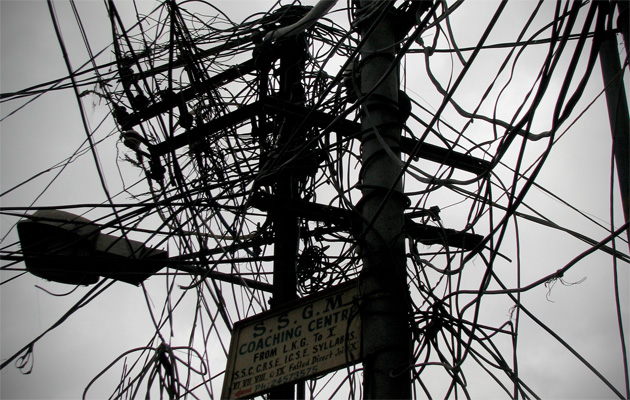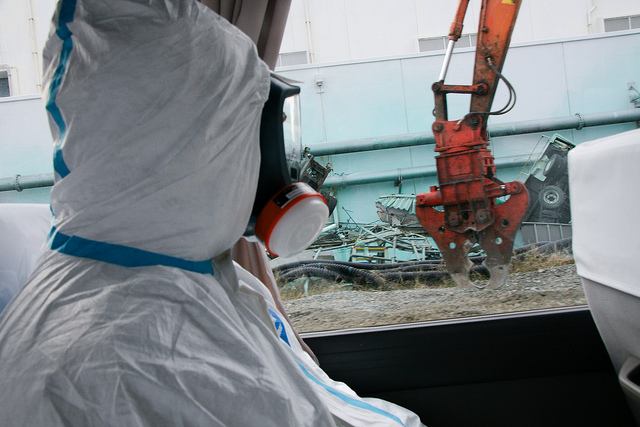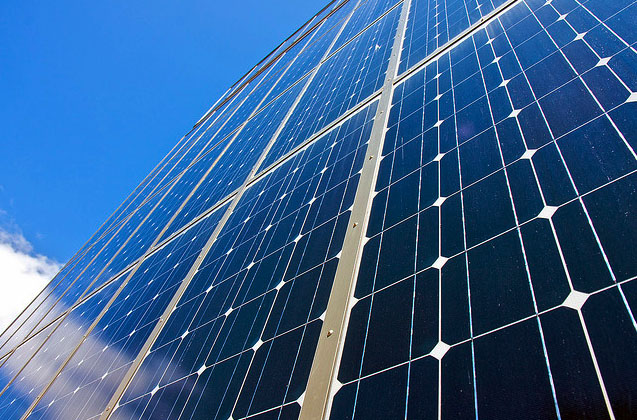
<a href="http://www.shutterstock.com">fzd.it</a>/Shutterstock
Even in the wake of Hurricane Sandy, which half-drowned our biggest metropolis, Congress is still ostriching on climate change and thinking about chopping clean-energy programs as part of fiscal cliff, part II. Meanwhile, China, which has been leading the way on futuristic ideas from offshore wind energy to high-speed rail, is spearheading the development of nuclear energy derived from thorium, a naturally occurring radioactive element.
The Telegraph reports that the politically connected industrialist Jiang Mianheng is bankrolling a $350 million project at China’s National Academy of Sciences to develop thorium power, which would be used to fuel molten-salt reactors, as opposed to old school uranium-fueled water reactors, and which would be much cleaner and meltdown-safe.
The technology actually originated in the United States back in the 1960s. The Oak Ridge National Laboratory in Tennessee experimented with a thorium fuel reactor with molten-salt coolant, but it was shelved by the Nixon Administration because the Pentagon wanted to make nuclear bombs, which required the products of splitting uranium. Plus, the Telegraph points out, the nuclear industry, totally dependent upon the standard technology, has lobbied to block thorium power.
Jiang read an article on thorium power in the American Scientist a couple of years ago and decided to bring the technology from Oak Ridge to China. He aims for the project to be commercially viable sometime in the 2020s.
Because molten-salt reactors never get super hot, they can’t cause meltdowns, NASA engineer Kirk Sorensen told the Telegraph. Also, you wouldn’t have as much of a waste problem, because the thorium cycle produces fewer long-lasting radioactive byproducts. From the Telegraph:
Enthusiasts think it could be the transforming technology needed to drive the industrial revolutions of Asia—and to avoid an almighty energy crunch as an extra two billion people climb the ladder to western lifestyles. At the least, it could do for nuclear power what shale fracking has done for natural gas—but on a bigger scale, for much longer, perhaps more cheaply, and with near zero CO2 emissions.
Other countries are already copycatting China. Norway, Japan, Russia, India and Britain are looking into the technology, and even America has expressed an interest in “collaboration.” Jiang estimated that China has enough thorium to fuel its electricity demant for “20,000 years.” And the United States has no shortage of the element, a byproduct of mining rare earth metals.
“If the Chinese can crack thorium,” notes the Telegraph, “the world will need less oil, coal, and gas than feared. Wind turbines will vanish from our landscape. There will less risk of a global energy crunch, less risk of resource wars, and less risk of a climate tipping point.”











